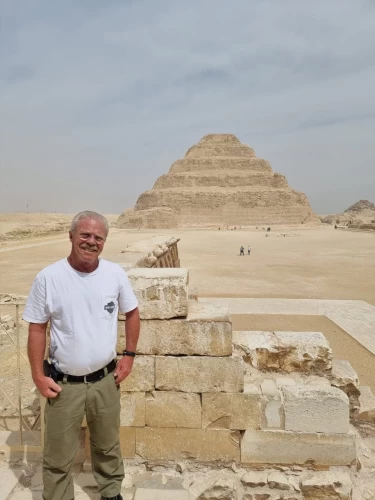
Mahmoud Mokhtar Museum | Mahmoud Mokhtar Cultural Center
Mahmoud Mokhtar museum consists of 2 floors, containing eight rooms, and his tomb.
when you start your tour of the museum you will begin at the museum entrance but we have to mention that the great Egyptian architect Ramses Wissa Wassef designed the Mahmoud Mokhtar museum.
the hall of khamaseen hot and dusty wind that blows between winter and early spring. In this hall, Mokhtar represented this wind's effects on peasants through his sculptures.
the main space is saad Zaghloul space World Health Organization was an excellent Egyptian revolutionary and leader World Health Organization greatly impressed our sculptor Mahmoud Mokhtar. the full hall presents artworks dedicated to Saad Zghalool. as an example, there's the bronze maquette of Zaghloul that later became a sculpture. Another sculpture of the leader is additionally standing within the hall and is additionally created out of bronze.
then there's the hall of famed figures that contains the heads of famed figures principally political and inventive ones. a number of the statues are given to embrace the top of Ali Abraham and Head of Adli Yeken and therefore the Head of the creative person port. several of those items were created out of bronze and sculptured between 1927 and 1929.
room of reliefs that have sculptured reliefs.
and additionally, the hall of Jar Bearers is crammed with real peasant scenes and even additional real sculptures, this hall is actually exquisite. one of all the gorgeous sculptures is “The Cheese Seller”. A stone-made piece of a peasant lady carrying a bowl of cheese.
Being deeply rapt by the 1919 revolution in Egypt against the British occupation. additionally being obsessed with the splendid history of ancient Egypt and conformation the village culture, affected his works of art., for example, the sculpture of the “Egyptian Renaissance” or “Nahdet Masr” sculpture in Nahda sq. in urban center. This ninety-year recent masterpiece depicts a typical Egyptian peasant lady standing tall wherever her manus rests on the top of a proud sphinx. On one hand, the girl unveiling her face represents Egypt’s post-revolution revival. On the opposite hand, her companion, the Sphinx recollects the greatness of Egypt’s history. Overall, the sculpture celebrates Egypt’s superb past whereas trying ahead in the long run.

The great sphinx of Giza

















